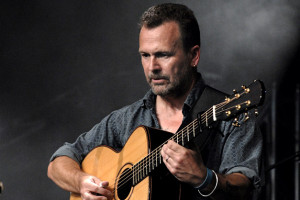The accused perpetrator of this horrendous act in Christchurch, New Zealand (Friday, March 15, 2019) is a 28 year old Australian. Why did it take place in New Zealand and not Australia? This is conjecture on my part, but I think the answer to the question may be fairly simple – the gun laws in Australia are more stringent than in New Zealand. He may have had easier access to his weapons of choice in a country that has an entrenched gun culture. For many years New Zealand has had an eradication policy for all non-indigenous animals that have proven to be detrimental to the ecology of the islands. These include pigs, possums, deer and other species. The result is that recreational hunting is a way of life for a significant number in the community. There are huge recreational and commercial interests at stake in any discussion of gun control and these interests resist any restriction on the ownership and use of guns. To get some idea of the commercial interest at stake, in the early 1970s there was a newspaper article on the commercial hunting of deer in the South Island. Commercial venison providers would drop freezer units and staff into select locations to dress slaughtered animals for export as frozen venison. To achieve maximum use of resources hunters would go into remote valleys in military style gunship helicopters and with automatic weapons shoot animals from the air. The article went on to state that as many as three thousand animals a week were being taken out of some of these valleys. This was (is) big business. So with the potential push back by recreational hunters and commercial operations it is easy to see why there has been some difficulty in reforming gun laws.
Prior to 1996 Australia did have, and possibly still has a significant gun culture, who oppose gun law reform. But that all changed in 1996. Around April 28-29 of that year a gunman armed with a semi-automatic rifle went on a rampage in Port Arthur, Tasmania, killing 35 and wounding 23 people. It was the deadliest mass shooting in Australian history. Over night it precipitated fundamental changes in the gun control laws of that country. Within 12 days of the incident John Howard, the Prime Minister of Australia, co-ordinated an agreement that created the National Firearms Agreement (NFA), also sometimes called the National Agreement on Firearms, the National Firearms Agreement and Buyback Program, or the Nationwide Agreement on Firearms. The laws to give effect to the Agreement were passed by Australian State governments only 12 days after the Port Arthur massacre. Despite lobbying against the NFA by The Christian Coalition supported by the US National Rifle Association the changes to the gun laws went ahead with broad support from all across the political spectrum and the community at large. The NFA placed tight control on semi-automatic and fully automatic weapons, but permitted their use by licensed individuals who required them for a purpose other than ‘personal protection’. The act included a gun buy-back provision. Some 643,000 firearms were handed in at a cost of $350 million. Numerous studies of the impact of the NFA have been either inconclusive or contradictory and yet, one study found that there were no mass shootings in Australia from 1997 through 2006.
Gun laws in New Zealand focus mainly on vetting firearm owners, rather than registering firearms or banning certain types of firearms. Over recent years there have been efforts to reform gun laws but these do not seem to have brought about significant change. The day after more than 40 (now updated to 50) were killed in mass shootings at two mosques in the worst terror attack in the nation’s history, The Prime Minister of New Zealand, Jacinda Arden in a press conference said “I can tell you one thing right now: Our gun laws will change”. She went onto to say “the suspected primary shooter used five guns, including semiautomatic weapons and shotguns, adding that he obtained a gun license in November 2017 and acquired the guns legally thereafter. That will give you an indication of why we need to change our gun laws.”
So, as Yogi Berra once said is this “Déjà Vu all over again”? In terms of political response one can hope so.
@@@@@@@@@@@@@@
Post Christchurch Massacre – The Power of the Haka
@@@@@@@@@@@@@@@

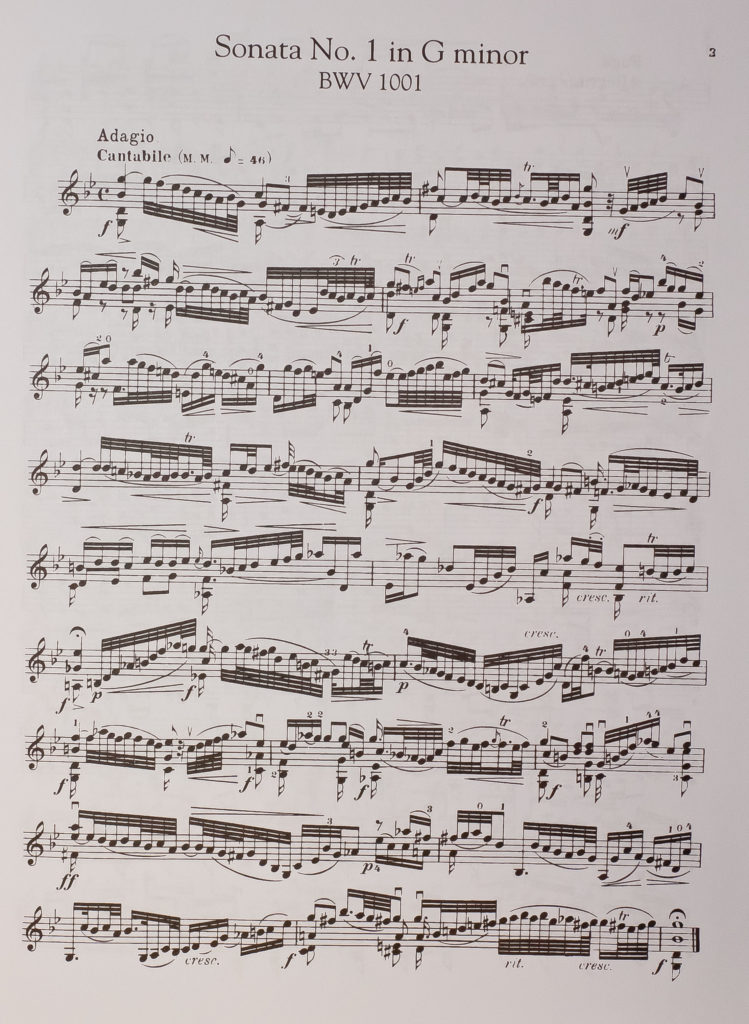
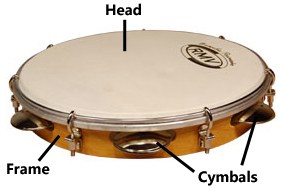
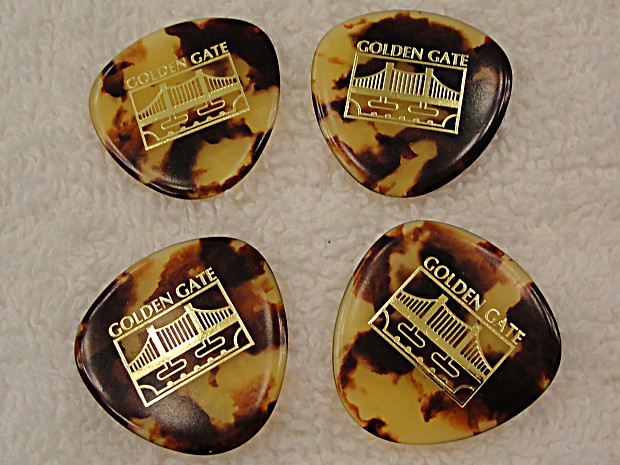
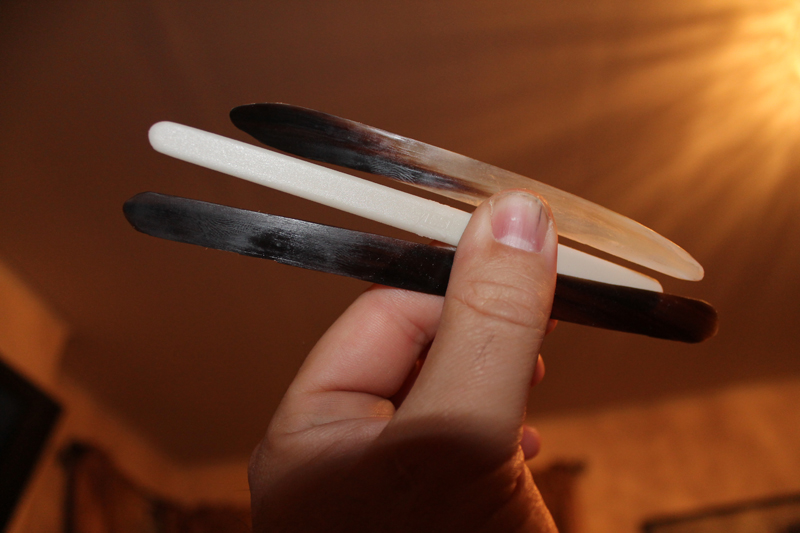
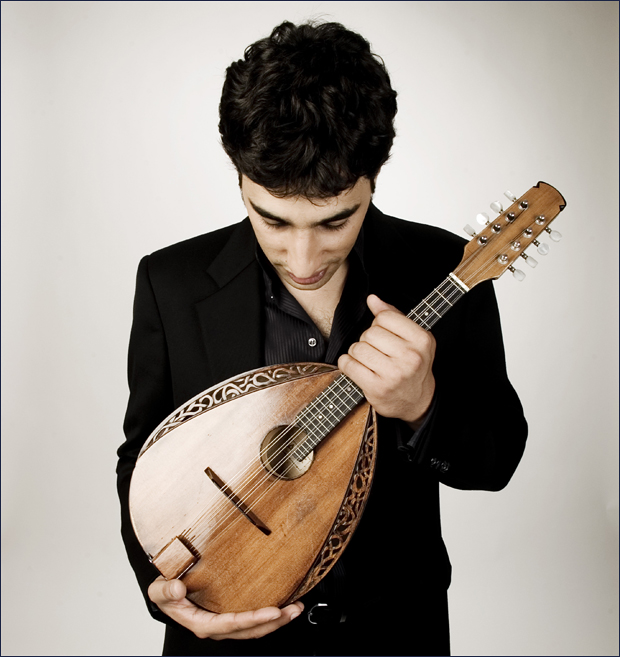 his recording of Avner Dorman’s Mandolin Concerto (Metropolis Ensemble / Andrew Cyr). He has won numerous competitions and awards including Germany’s ECHO Prize for his 2008 recording with the David Orlowsky Trio and the AVIV Competition (2007), the preeminent national competition for Israeli soloists. He plays an unusual looking instrument built by the Israeli Luthier Avi Kerman. The instrument has been described as a double topped instrument with a convex back. It is in essence two mandolins – one inside the other.
his recording of Avner Dorman’s Mandolin Concerto (Metropolis Ensemble / Andrew Cyr). He has won numerous competitions and awards including Germany’s ECHO Prize for his 2008 recording with the David Orlowsky Trio and the AVIV Competition (2007), the preeminent national competition for Israeli soloists. He plays an unusual looking instrument built by the Israeli Luthier Avi Kerman. The instrument has been described as a double topped instrument with a convex back. It is in essence two mandolins – one inside the other.